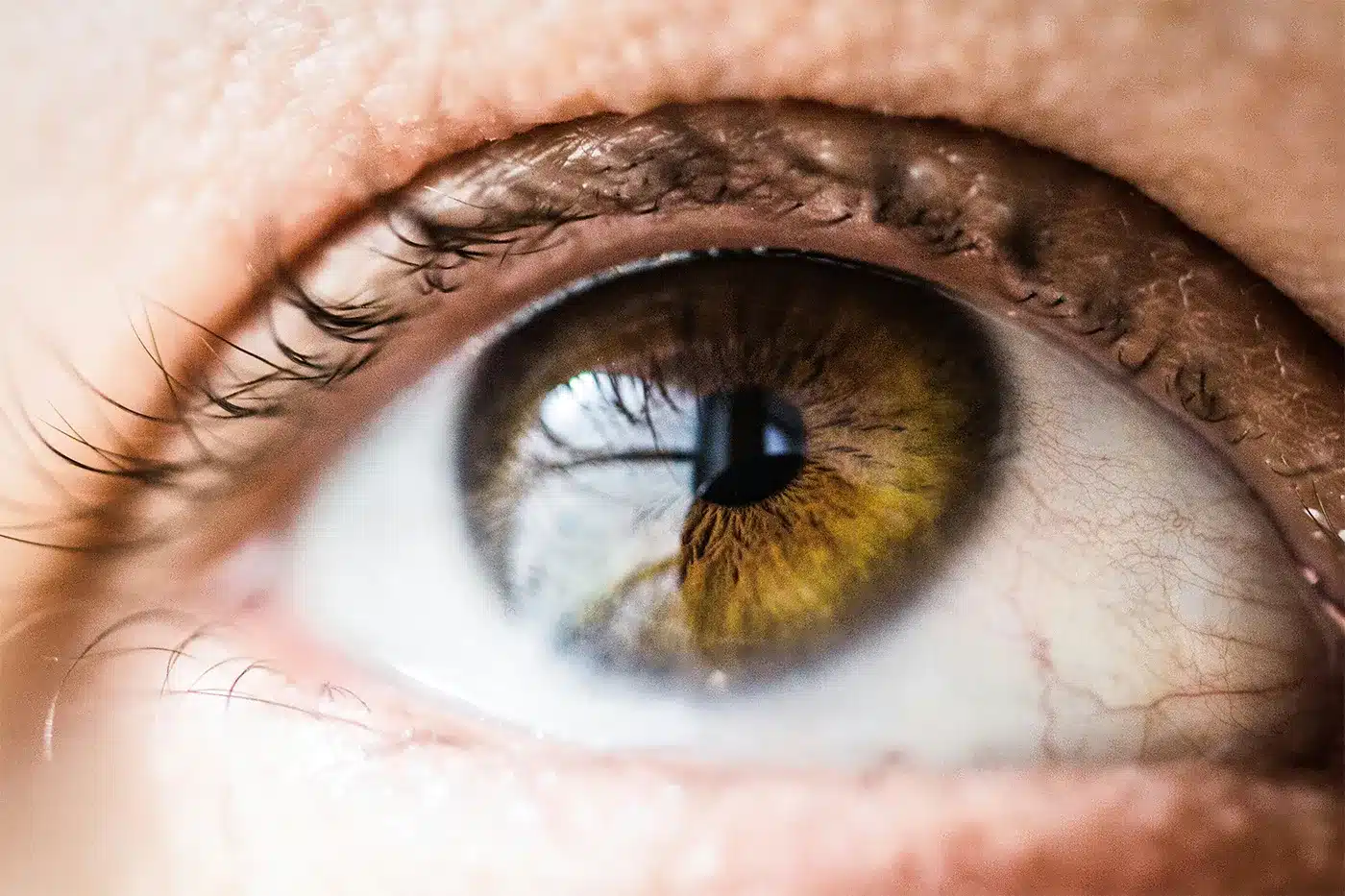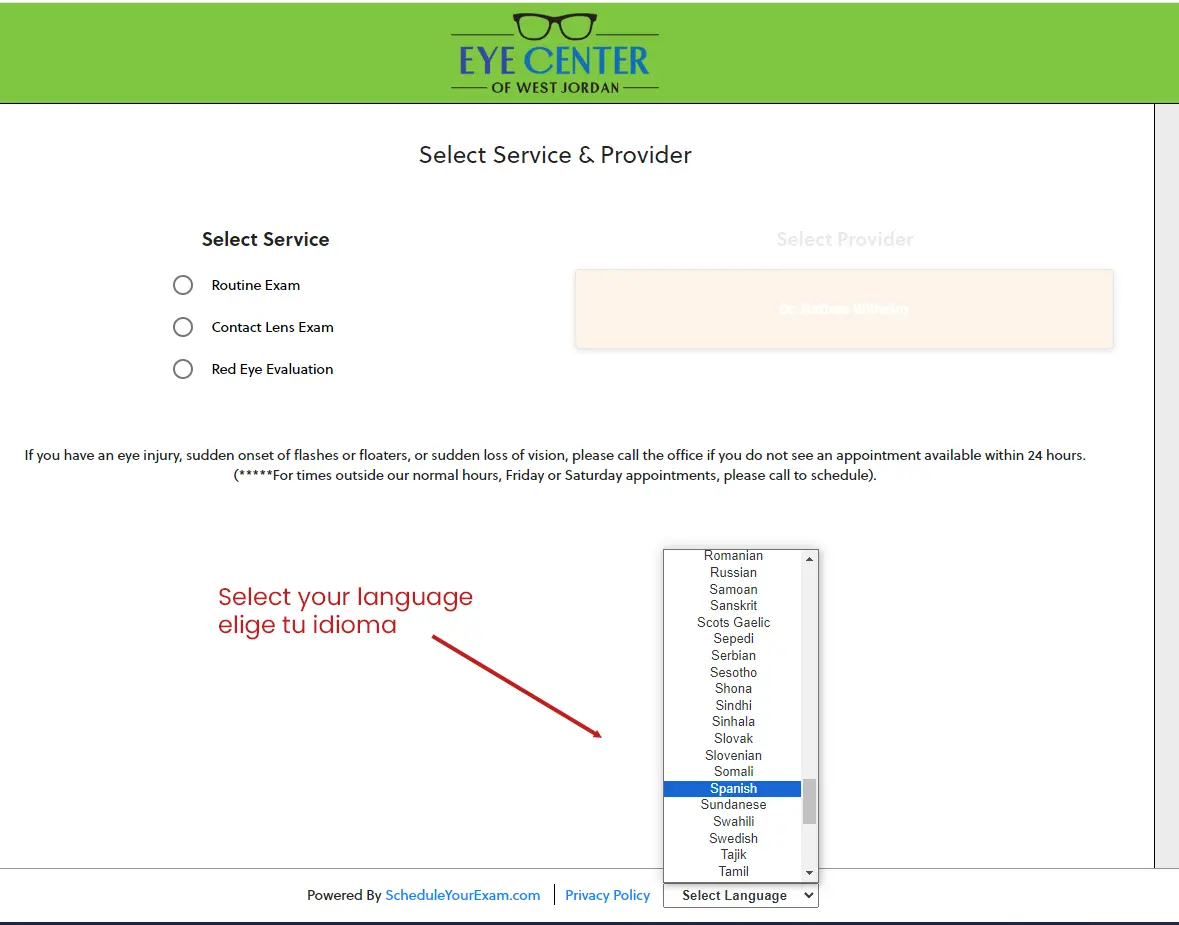Earlier this year, I attended a continuing education lecture in which the speaker said, “friends don’t let friends go to the emergency room or instacare for eye emergencies.” Why would he say this? In short: high cost, lack of equipment, and limited training of care providers.
It’s no secret that a trip to the emergency room or instacare facility will result in significant bills. And, to make matters worse, with respect to eye health, many emergency rooms and walk-in clinics do not have the equipment necessary to diagnose and treat eye injuries, such as a slit lamp (biomicrosope). Many an optometrist or ophthalmologist would likely question the thought of a healthcare provider attempting to diagnose an eye concern without being able to look at it up close under high magnification or with other relevant equipment. What about the care provider’s training? The myriad causes of irritated eyes can fill textbooks. Yet somehow in our healthcare system, many healthcare providers are left addressing these “red eye” evaluations without adequate equipment or sufficient training to properly diagnose and treat the patient in accordance the best standard of care now available throughout the United States. Try a little experiment yourself–ask your general practitioner (MD, DO, nurse practitioner or physician assistant) how much eye-specific training he or she was given during the course of his or her education. Answers may vary from one week to one month, or may be limited to one to two lectures. These “generalists” are asked to learn enormous amounts of information about everything from joint pain to migraines to multiple diseases. Just as it is unreasonable to expect your primary care provider to provide the same level of care as a cardiologist, it is unreasonable to expect him or her to practice as an eye specialist. The diagnosis report of patients who have come to our clinic in the last 12 months shows 146 different diagnosis codes relating to eyes and eyelids. These are only a fraction of the many conditions diagnosed and managed by eye doctors.
What’s the result of lack of proper equipment to diagnose eyes and limited training to treat eye problems? Many of these providers are left to treat 5-10 different eye conditions with the same treatment, because, hey, “it’s just a red eye.” Case in point–about two weeks ago a patient came to see us due to her painful eye. Her primary care provider had suggested she use lubricating eyedrops to relieve the pain. But fortunately for this woman, her provider also counseled her to see an eye doctor. She was found to have proliferative diabetic retinopathy with beginning neovascular glaucoma, or in other words, without timely proper treatment (which was much different than the lubricating eyedrops), she would likely be blind very soon.
Not every case is so extreme, but why pay $500 or more for the emergency room visit or $200 or more for an instacare visit when you could go to Eye Center of West Jordan for a much lower rate to see a doctor who is trained to manage eye diseases and injuries rather than a general health care provider?



